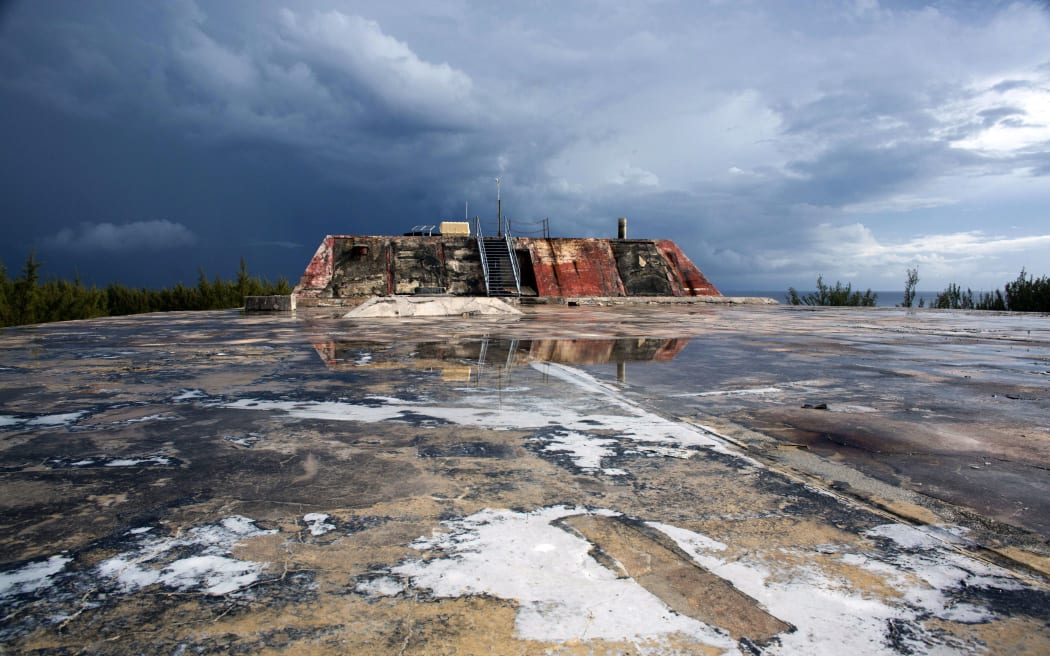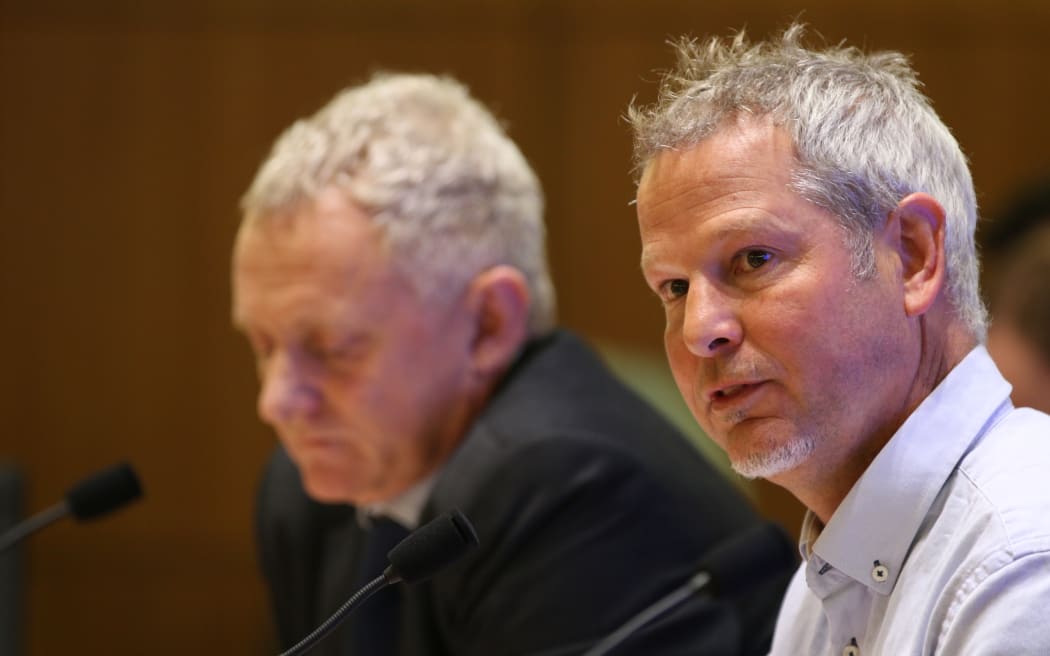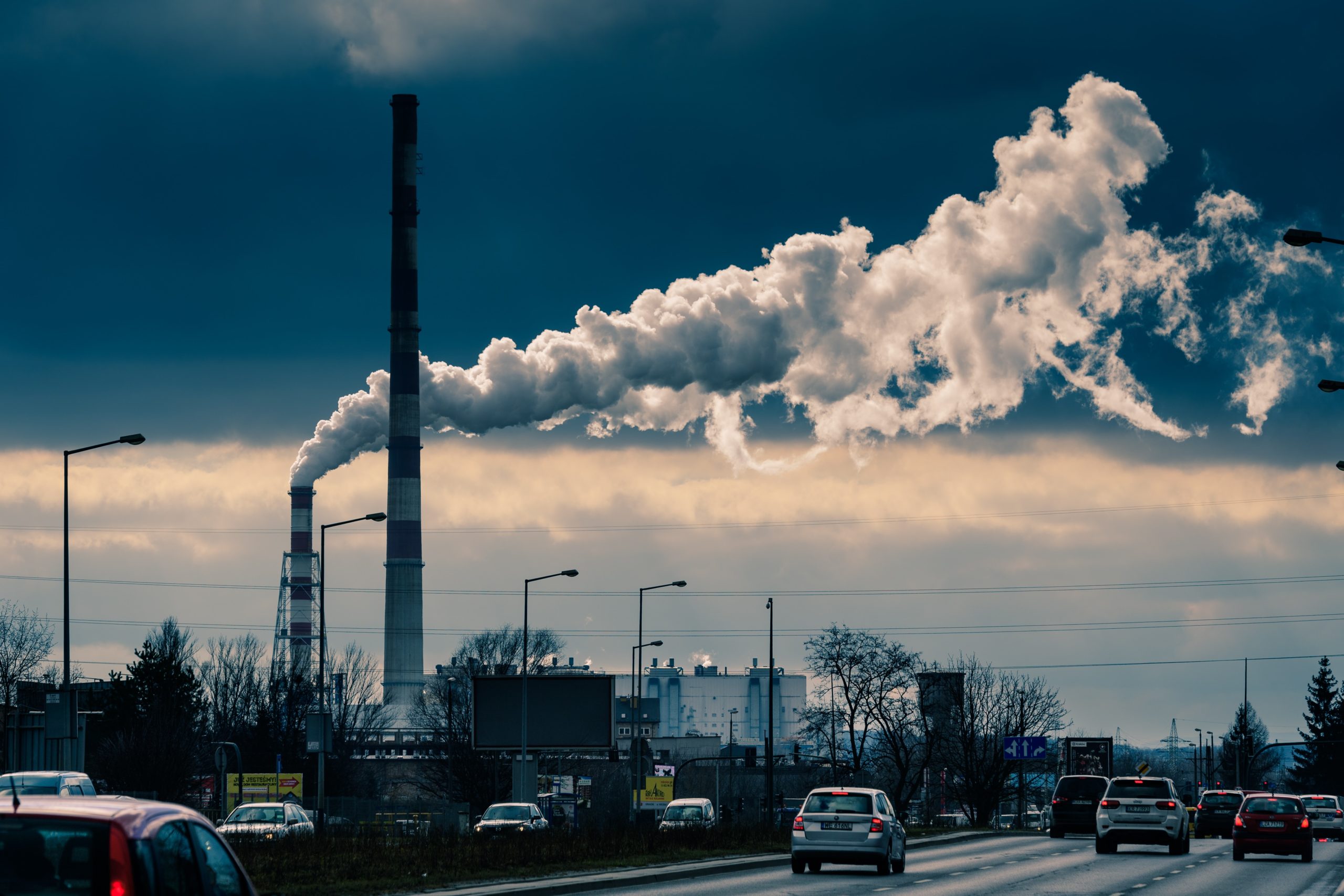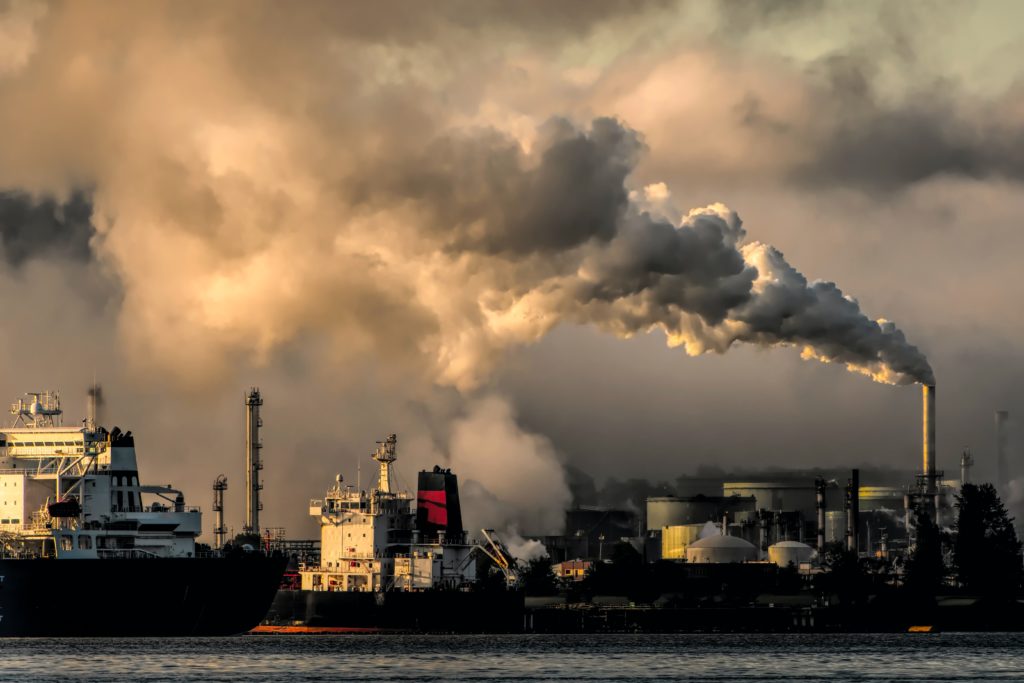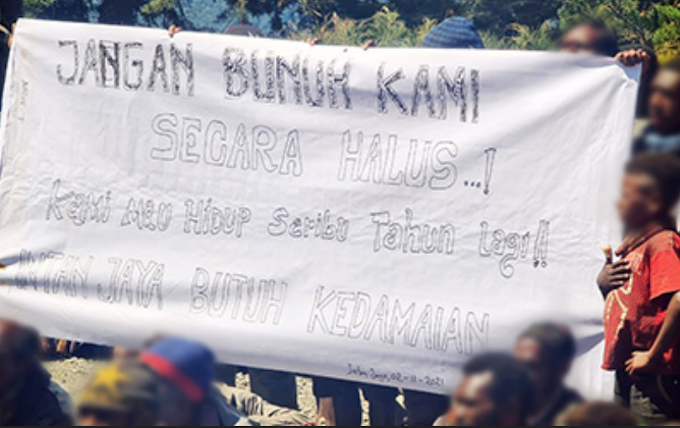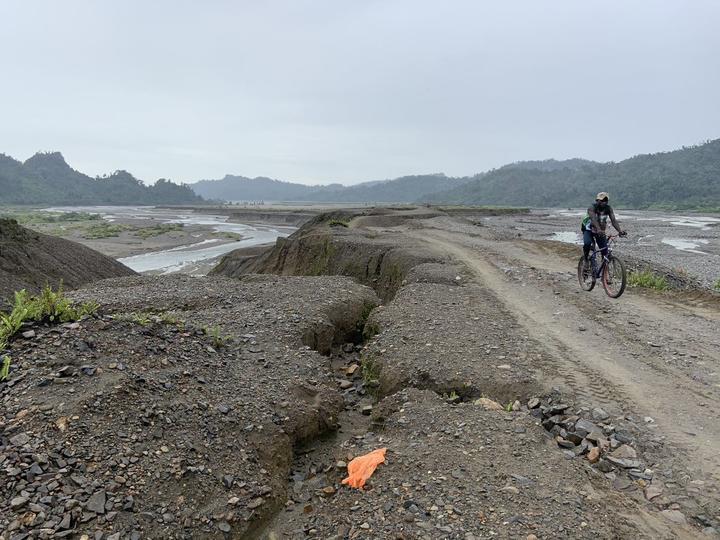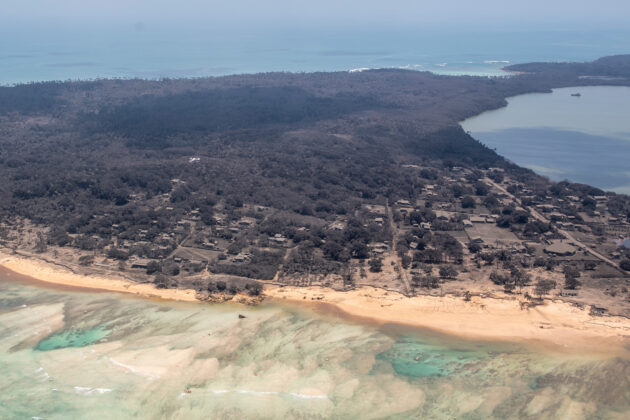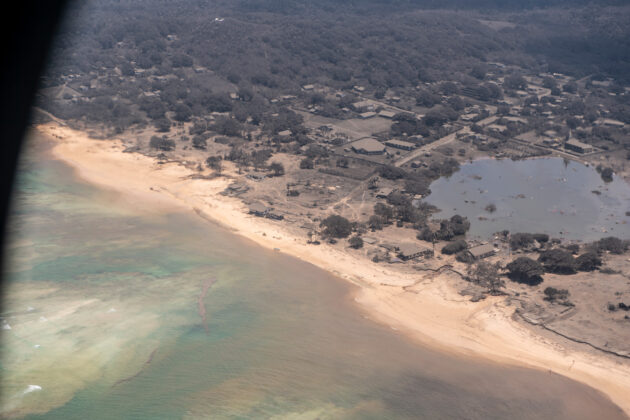For decades in Houston, where resident Bryan “Lucas” Parras grew up near the city’s shipping channel, neighborhoods have faced the cumulative impacts of toxic emissions. The area is crammed with industrial facilities, chemical plants and oil refineries. Pollution has become such an ingrained part of life, Parras said, that residents on the city’s East End automatically adjust to the health threats: limiting time outdoors, filtering their water and making sure to carry their inhalers in case of asthma attacks.
“A lot of the pollution in Houston has just become normalized because there’s so much and because so little has been done,” said Parras, 45, and a co-founder of Texas Environmental Justice Advocacy Services. The group, known as t.e.j.a.s., for years has advocated on behalf of impacted neighborhoods by providing residents with tools to protect themselves and the environment.
Some of Houston’s pollution is hidden in its soil. Failing to account for toxic contaminants that have settled in the ground in Houston and cities across the United States is likely to have serious consequences as weather becomes more extreme due to climate change. A recent study by researchers from New York University, Rice University and Brown University found that urban communities with a higher likelihood of flood risks face additional potential dangers from soil contaminated by decades of past industrial activities.
It’s a new type of climate injustice, the researchers warn: floods spreading toxic industrial contaminants in racially marginalized neighborhoods.
“We’re very concerned about the remobilization of toxics which may have wide ranging negative health outcomes,” said the study’s lead author, Thomas Marlow, a postdoctoral fellow in the Center for Interacting Urban Networks at New York University Abu Dhabi.
The study builds on 2018 research that the study’s co-authors, sociologists James R. Elliott and Scott Frickel, outlined in their 2018 book Sites Unseen: Uncovering Hidden Hazards in American Cities. They found that the failure to map so-called “relic” industrial sites leaves communities in the dark about potential contamination hot spots created by long-closed businesses outlived by their hazardous byproducts.
They looked at historical industrial directories for four American cities — New Orleans, Minneapolis, Portland and Philadelphia — and discovered that more than 90% of sites where hazardous industry has operated over the past half-century have become “lost, hidden from view” and ignored by government agencies.
Their latest study, published last month in the journal Environmental Research Letters, examined those cities and two additional ones, Houston and Providence. They compared the data from the manufacturing facilities with estimates of future flood risks.
In those six cities, the researchers found that more than 6,000 former industrial sites have an elevated flood risk over the next 30 years where legacy pollution is likely to exist in the soil. They also found entire zones of flood-prone relic industrial sites that could potentially expose thousands to hundreds of thousands of residents to toxic chemicals.
Floods Risk Spreading Hazardous Pollutants
Harris County, Texas, home to Houston, has nearly 2,000 flood-prone sites where chemical manufacturing, petroleum refining, metal fabrication and other polluting industries once operated from 1950 to 2010. A study by researchers from New York University, Rice University and Brown University, which focused on this area and five others across the country, found risks of floods spreading contaminants buried in the soil.
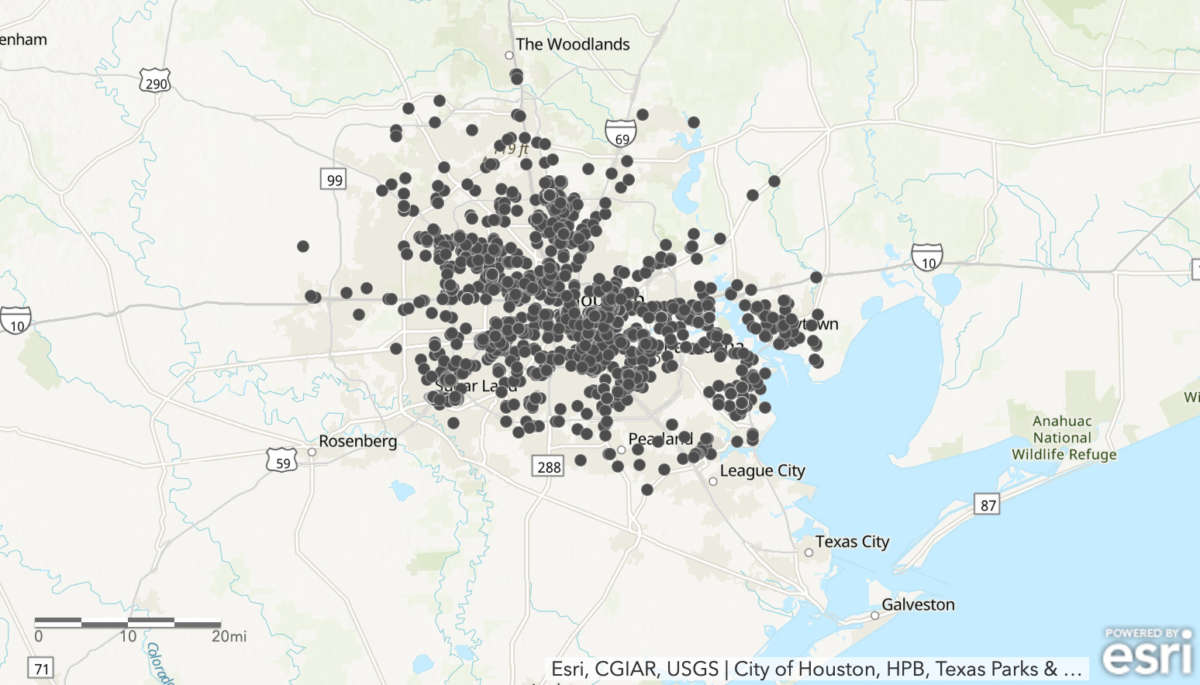
A disproportionate number of the people in the affected zones are low-income, those living in lower-quality housing and people of color.
The study cannot speak to the extent of soil contamination in these zones. But soil studies conducted by scientists across the country over the last several decades have found extensive soil contamination in the urban core of cities such as New Orleans, Indianapolis and Detroit, with toxic metals such as lead often the most common.
“I don’t think it was a good idea to have industry next to residences, especially given that the industries weren’t very well regulated at first,” said Howard Mielke, an urban geochemistry and health expert at Tulane University School of Medicine who has spent four decades investigating the dangers of lead in soil across the country.
Almost every major city had a lead smelter or some form of lead industry, including paint or battery manufacturing, he noted. Cities are still experiencing the consequences today.
“There are a lot of other substances that have accumulated in these soils — lead is a very strong indicator of multiple [types] of pollution,” Mielke said. The U.S. Government Accountability Office has examined the risks of major contaminated sites across the country and found that about 60% of these Superfund sites are at risk of being disturbed by climate change-driven flooding and wildfires.
“Everyone’s beginning to agree that this is a huge issue,” Elliott said. He and his co-authors are sharing their data for the six cities to help urban planners and other city officials create strategic plans to address the risks.
In Houston, the study’s data shows the relic sites are located not just along the ship channel, but also one to two miles inland. Ancillary industries operated in that area and working-class residents settled there; today it is largely Latino.
Elliott has also researched industrial development in the area during more recent decades. He found that companies are increasingly building infrastructure, such as above-ground storage tanks, in floodplains. “So the contemporary issues and concerns are growing alongside the relics that are largely hidden,” Elliott said.
Marlow, Frickel and Elliott hope their findings will trigger a broader discussion about how cities remediate urban lands. Instead of thinking in terms of site-by-site cleanups, officials need neighborhood-level or watershed-level approaches that recognize the widespread effects of industrial pollution.
And government agencies should engage historically marginalized communities in the strategic planning process, they said.
In Houston’s shipping channel corridor, with industrial warehouses abutting homes, schools and even childcare centers, Parras said there’s no escaping the environmental hazards. He wants to see a public health reckoning: one that acknowledges, documents and prevents environmental threats from current emissions and the legacy pollution that’s accumulated in the water and soil.
Once pollution settles on the soil or contaminates the water, it becomes invisible to the naked eye, which makes it difficult for people to connect the harm with the exposure, Parras said. “That’s what makes it easy for politicians to dismiss because there’s no evidence — because we haven’t looked for that evidence,” he said.
For Parras, addressing the legacy of industrial pollution means not only remediating the soil, but also preventing the use of chemicals until they are studied and proven safe. That’s known as the precautionary principle.
“You can’t operate under a precautionary principle without acknowledging the legacy of harm that exists,” said Parras. “[The legacy] is still hurting people. That’s the real problem.”
This post was originally published on Latest – Truthout.



 :
:

